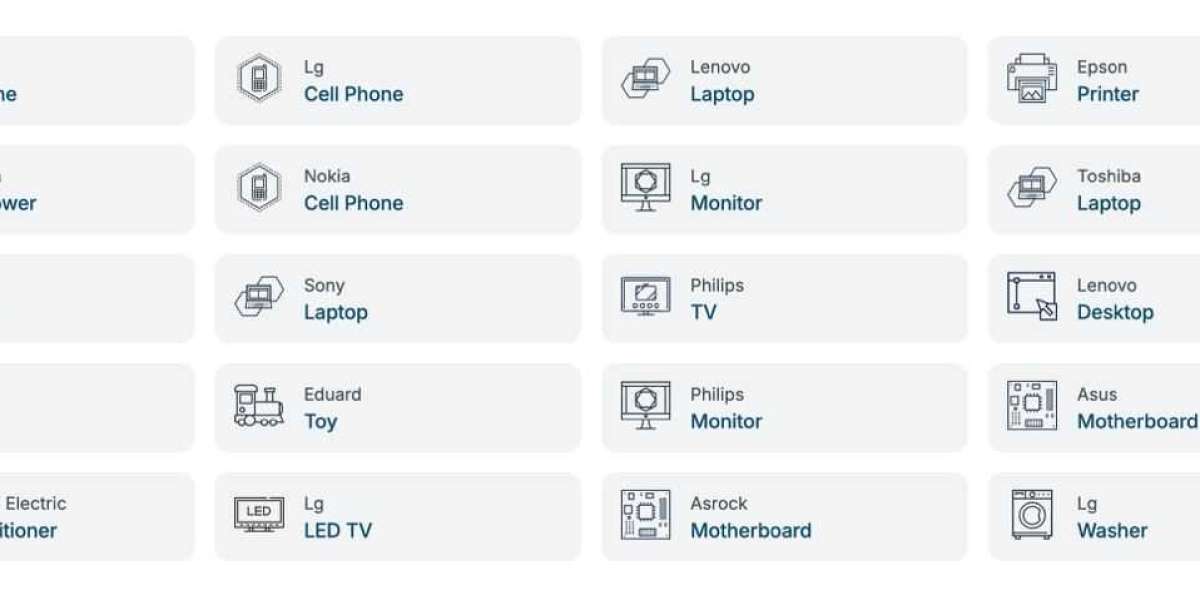Every tech user knows the feeling: you’re setting up a new device or trying to fix a glitch, and the manual feels like a maze rather than a map. You want answers fast, but the information is buried under jargon or scattered across multiple pages. For businesses and users alike, this friction can slow down work and drain patience. That’s why smart documentation—well-organized, easy to navigate, and responsive to user needs—is becoming a game changer in tech support.
Why Clear, Accessible Documentation Is Essential
When you buy a new piece of technology, whether it’s a router, a printer, or smart home gear, the first encounter is usually with the manual or support site. The quality of this resource sets the tone. If it’s confusing or incomplete, customers get stuck. They might waste time trying random fixes or flood customer service with questions. Good documentation reduces these headaches by delivering straightforward instructions and troubleshooting tips.
But the challenge isn’t just about clarity—it’s about accessibility. Manuals that sit locked inside a PDF or an outdated website are often hard to search or reference quickly. Users want to find the right piece of information without wading through irrelevant content.
From Paper Manuals to Dynamic Knowledge Bases
Years ago, product support meant a thick paper booklet with diagrams and step-by-step guides. It was static—once printed, it couldn’t change. Today, tech companies maintain online knowledge bases that grow and evolve. These platforms host detailed manuals, FAQs, videos, and community forums.
A digital approach offers two major benefits. First, it’s easier to update content. If a firmware update changes how a device works, the support page can be corrected immediately. Second, users can search across the entire database instead of flipping through pages blindly. This reduces frustration and speeds up problem-solving.
The move to online documentation also allows companies to track common issues and refine the content accordingly. They learn what problems pop up most and can prepare clearer instructions or even prevent certain mistakes from happening.
The Backbone: Scalable Infrastructure
Behind every smooth support experience is a strong technical foundation. Scalable infrastructure means the system can handle growth—more users, more products, and more content—without slowing down or breaking. For a business, this flexibility is vital.
Imagine a company that launches several new routers each year. Their manual database must expand seamlessly to include each model’s specifics. At the same time, more customers accessing guides means the platform needs to support heavy traffic without crashing or lagging.
With scalable infrastructure, content stays organized and accessible no matter how much it grows. This ensures users find exactly what they need, whether they’re troubleshooting a basic setup or a complex network problem.
Search That Understands What You Mean
The biggest frustration in any support system is the “search dead end.” You type your question, but the results either miss the point or overwhelm you with unrelated pages. Modern documentation platforms are changing this by introducing context-aware search.
Unlike basic keyword searches, context-aware tools analyze the intent behind a question. They recognize that “router won’t connect to Wi-Fi” and “Wi-Fi setup fails” might mean the same thing. This helps users land directly on relevant guides or troubleshooting steps without digging through menus.
Smart search features often include filters, suggested articles, and step-by-step help that adapt based on what users are looking for. This cuts down on time spent hunting for answers and increases the chances of resolving issues on the first try.
Helping Users Find What They Didn’t Know to Ask
Beyond straightforward search, some documentation systems include intelligent content discovery. This means the platform can recommend related topics, tips, or common fixes users might not think to look up.
For example, if you’re checking a guide on resetting a router, the system might suggest articles on updating firmware or improving Wi-Fi range. This not only broadens user knowledge but also prevents repeated problems.
A well-maintained, evolving manual library is key here. Businesses can provide ongoing value by continuously updating and expanding resources to cover new challenges or emerging technologies.
If you’re curious how this works in practice, explore the https://manuals.online/tp-link resource. It offers a searchable, organized collection of manuals and support materials designed to help users quickly find the answers they need.
The Road Ahead: Continuous Improvement
Tech support is no longer just about fixing problems after they happen—it’s about anticipating user needs and smoothing the entire experience. Smart documentation, powered by scalable systems and intelligent search, plays a crucial role in this shift.
For business owners, investing in these tools reduces support costs and improves customer satisfaction. When users can solve issues quickly on their own, support teams focus on more complex cases, boosting overall efficiency.
Ultimately, smart documentation creates a bridge between technology and the people who use it. It transforms manuals from tedious read-throughs into useful, reliable companions that guide users every step of the way.














